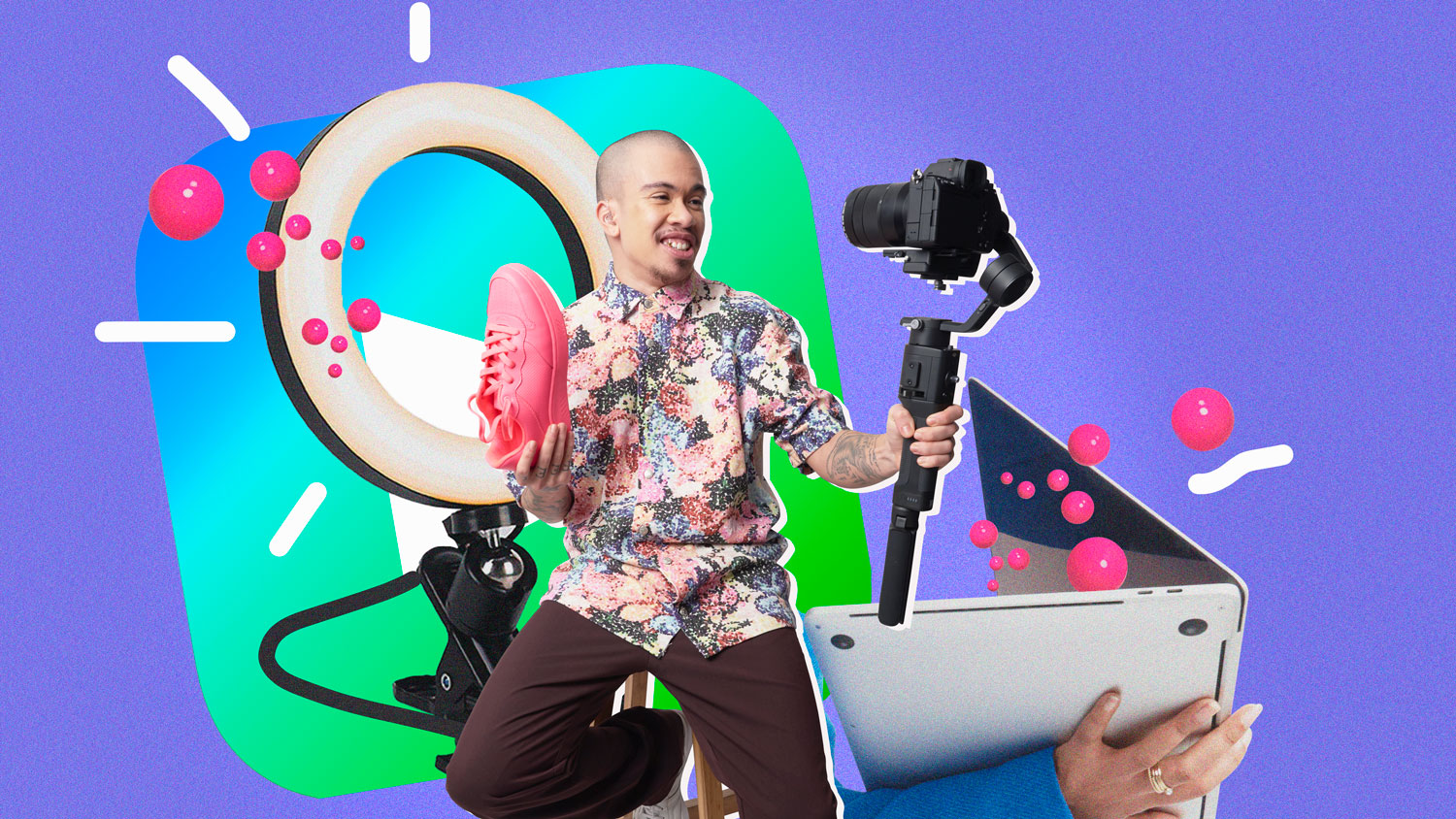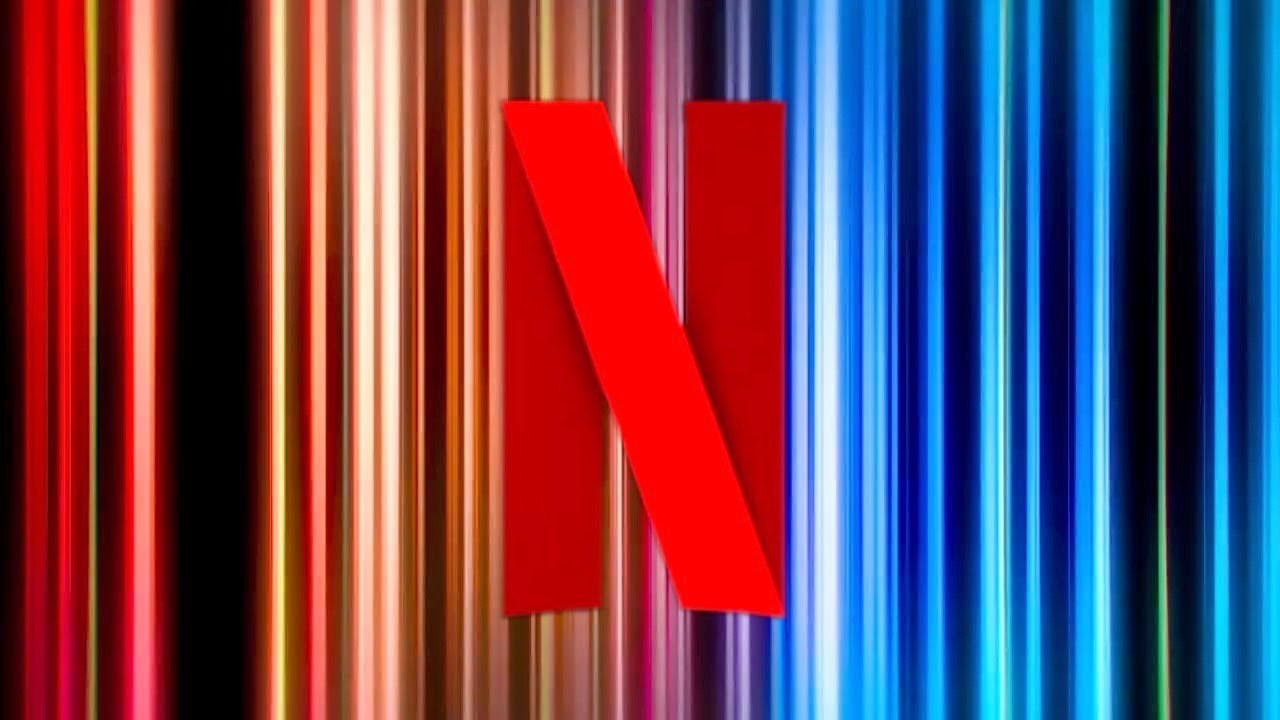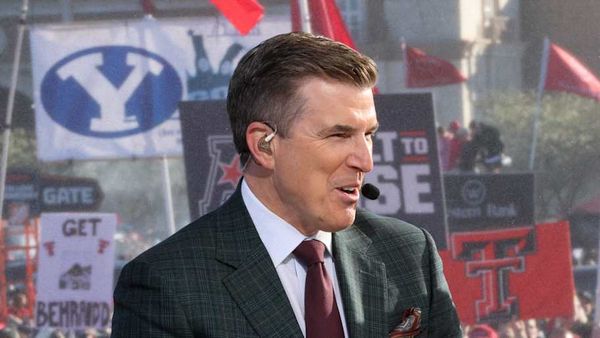
Somebody just did something stupid. You nudge your friend next to you and as they used to say in Monty Python, “Wink-wink, nod-nod”. And your buddy gets exactly what you are meaning. No words needed. You both chuckle and move on with your day.
THAT, my friend is what we advertising folks hope for every day we go to work. We rarely – if ever – get it, but on good days we can get close. And because you and I are not bosom buddies, you have no idea what I am talking about, do you?
I’m talking about “connection”. That is the most important thing in all of content creation. Whether it’s in advertising, book-writing, or movie making, the difference between success and failure all comes down to whether the message that we create connects with the viewer that sees it (at the heart of the best adverts of all time).
While that is difficult in any type of communication, it is particularly hard in advertising. Why? Because the “ask” is greater, and the results are so intensely studied.

The ask in advertising is a purchase. We can play our funnel games, but at the end of the day, yes, we want to make sales for our clients. The world’s best creative won’t (and shouldn’t!) matter to your client if it doesn’t result in sales. And those sales, or lack of sales, will be closely watched by our clients.
But how do we make a connection in our fractured and fragmented world? It wasn’t that long ago that we all lived in the same world. At least regionally. The US had its culture, Europe another. And division within those two camps as well, certainly.
But there was a time in the US when Walter Cronkite didn’t just present the news, for most Americans, he WAS the news. In the 1990s, every Friday morning across the United States, people were talking about the episode of Seinfeld that aired the night before. “Wasn’t it funny when Kramer…”
And the same was true with television commercials. We all saw the same ones. At least mostly. And yes, this began to change when cable and subscription services like HBO weaved their way into our lives. But cable was always an add-on, and almost never a replacement for our main broadcast channels. So even with cable, we still mostly watched the same content. And The New York Times was still “The Paper of Record”. We had “commonality”
And even with commonality, we in advertising still spent huge amount of money on this thing called “Focus Groups”. I’ve spent years in them, and running them. They are a fascinating event. Get a handful of people into a room. People from all walks of life, different religions, blue and white collar workers, male and female, straight and gay. People that have nothing in common.
And yet, they still had commonality. Everyone in my focus groups: Were Americans (born or naturalised), they were all New Yorkers (or at least in the tri-state), they were all healthy enough to make it to the group in midtown Manhattan, curious about whatever the subject was, and I assume were happy to take that crisp $100 bill we gave them at the end.
And yet not once, ever, did we know what the outcome of a focus group would be. Oh sure, we smart ad men had our assumptions. And we could make wonderful arguments that our assumptions were spot on. We could convince our Creative Director and Account Managers. And even our clients that we were right.
But were we? Did the focus groups bear us out? Only around half the time. There’s an old joke in advertising that goes:
“We know that half of all advertising works great. The problem is, we don’t know which half.”
No more commonality

But those days are long gone now. As is any claim to media commonality. It was bad enough if we didn’t watch the same shows. But now with so much of the population on streaming subscriptions, we don’t even have ACCESS to the same shows.
And even if we did have access to the same shows, with everything on demand, I may see a show today that you don’t get around to seeing until next month. Or next August! So gone are the days of chatting about it around the water cooler. Plus with WFH, many never see the water cooler any more.
You can see that if Seinfeld were on today, the cultural humour surrounding “Festivus” and so many other inside jokes would never have happened. And thus our dialogs, both internal and external, have changed.
The Adman Cometh

We are splintered. Today everyone watches different shows, at different times, consumes different news, and share friendships on different social platforms.
As an advertising professional, how in the world are we supposed to come up with campaigns that speak to a market like the US, which now is a zillion niche markets? By making more ads. By making ads that target a handful of those markets, if not each and every niche. (We would do every niche if the clients would pay for it!).
Yet we know that no agency has experts in every niche. So what we do in today’s digital market is spend our days going over the data. We have more data than anyone could have dreamed of years ago. Does it work? Yes and no. It certainly works better, yes. And we can even conduct our focus groups online. And that old joke about not knowing which half of our advertising is working, well now we can be a lot smarter. But we’re still nowhere near knowing 100%. Maybe some day.
My creative partner at my agency, Graphlink Media was Ben Colarossi. Ad Age magazine called him “The Man of a Thousand Slogans”. He was behind Wendy’s “Where’s the Beef?”, Timex’ “It takes a licking!” and so many more. He was also the man behind what he called “The Heart Sell”. Years before its time, Ben knew that the advertising that truly connects, and truly sells, are the ones that reach our hearts and souls. The information we include, like how fast a car goes from 0 to 60, only gives us rational for purchasing what we already wanted to.
I don’t see a lot of heart sell in advertising today. And I have a sneaking suspicion that it may be because of our fragmentation. Which is a shame. Because when you think about it, our hearts may actually be the last thing we really do still have in common, right?
Wink-wink, nod-nod. And hey, have yourself a great Festivus, ok?
For more examples of great ads past, see our best adverts by decade coverage.







